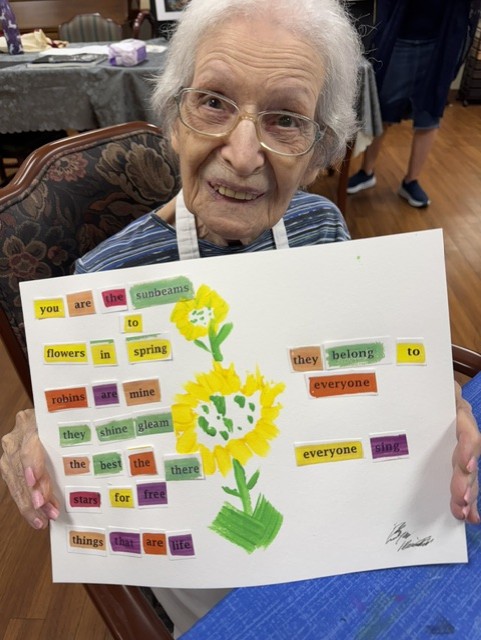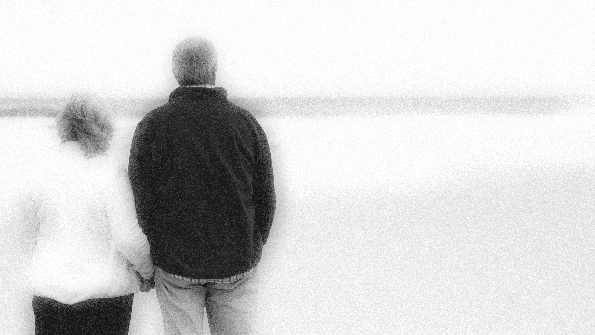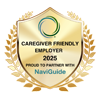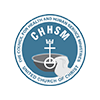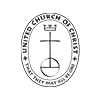My great grandmother would come to visit and stay for a couple of weeks each year. Together with my mother they would play piano duets in the evening after I had been tucked into bed. I could tell that they were having a lot of fun. “The Little Prince” is the song that most easily comes to mind. The pages are now fragile from age and wear as eventually I learned to play them with Mom and decades later, with my own kids when I “made” them take piano lessons.
My father was called to start a new church when I was 4 years old. My mom was the accompanist. During worship I sat with the other family that had children. The mom, Nancy, would hold the hymnal down so I could see the page and run her finger along the verses. “I Sing the Song of the Saints of God” is one of the hymns that comes to mind from that era. The words and music automatically coming to mind even as I type the title. I knew how to follow the verses of a hymn before I could read the actual words.
And I learned to turn the pages for my mom as she accompanied the choir. Before I could read the notes, I knew to watch for her head nod as to when to turn the page. I practiced with her and attended choir rehearsals from an early age. The Medical Mission Sisters were one source of their repertoire. “The Wedding Banquet” is their musical telling of the parable where the man invited people to his wedding party. But they couldn’t come because they had bought a wife, make that a cow, and married a cow, make that a wife (that choir was mischievous!). The refrain, “I cannot not come” takes me back to the group of adults who taught me that adults can have fun and be both silly and deeply spiritual.
When I was seven years old I was allowed to start piano lessons of my own. Besides short periods of time in between finding new teachers or moving, I continued through college where I became an “accidental” music major. There is the memorized boogie woogie that I can still play from the 6th grade. And I have a fond place for Debussy, particularly, Golliwog’s Cakewalk from college—although it is no longer in my memory banks.
Power of Music
In 2014 the film Alive Inside was released. It documents the work of Dan Cohen and his discovery of the power of music to unlock the memories of people living with dementia. I strongly recommend watching at least some of the clips you can find online if you haven’t had the chance to see the full film. The movie made complete sense to me and helped me realize that I had seen the power of music decades earlier.
In 1981 I had my first job working in long term care as an aid in a nursing home close to our home. All of the residents would be gathered in a common room where they were served lunch. It took a while to get them all back to their rooms. On this day I was left in the room with those who were waiting while the other aid lead the transporting “train” of wheeled chairs back to their respective rooms.
One resident, Mike, had an amazing voice. The residents that day were a little agitated. So, I asked Mike to sing us a song. He immediately began to sing “Down By the Old Mill Stream”. Effie sat in the chair next to his. She had moved into this nursing home a year prior at the age of 97 and had spoken barely a word since. She always sat with her head bowed looking at her lap. As soon as Mike started singing, Effie’s head popped up and she looked at Mike, wide eyed. And then she exclaimed, “Sing it to ‘em, honey”. That song connected to some memory deep within her as if to wake her up if only for a moment.
Your Brain on Music
My layperson’s explanation is that there is no center for music in the brain. When we engage with music we are using multiple areas of the brain at the same time. We hear the sounds at the hearing center. We feel the vibrations which are processed in other areas of the brain. We see the music, if we are reading the notes or words. We are engaging our emotions, as music is a way to express them. The patterns in music trigger the analytical side of our brains. Fine motor skills are being employed in the playing of instruments. Larger motor skills are engaged as our bodies move and sway to the sounds and beats. The synapses are firing at full speed from just about every area inside our skulls!
So, when one area of the brain is diseased or injured, music can still make connections because of all the other areas that are in play. The music helps to make connections by by-passing the normal pathways for memories and information to be processed. Thanks to advanced imaging techniques, scientists today can actually watch the connections that happen in our brains when we listen and participate in music. Apparently, it looks something like fireworks.
What Dan Cohen observed is that sometimes when music that connects to our earlier lives is heard by individuals living with dementia, they may be able to have conversations that were not possible prior to the musical interruption or to recognize loved ones.
Music Research
The National Institute of Health has been conducting research about the healing powers of music. Dr. Francis Collins, director at the NIH, says that they are finding that music in some people can slow the progression of dementia and in other people it is important in helping the brain heal from traumatic brain injuries. “We are on the cusp of understanding the science and therapeutic effects of music” says Collins. And he predicts that at some point in the not-too-distant future, listening to music may be prescribed by physicians as a viable healing therapy.
But even now, Dan Cohen’s non-profit, Music & Memory works to provide the MP3 players, headphones and playlists for those living in nursing homes. We have been implementing this program in our life plan communities at United Church Homes since 2015. Each community has their own digital music library. Thanks to staff member, Howard Cole, who works with the individuals and their families to help determine which songs connect to the older adult’s earlier life, their personal playlists are compiled. They can access it whenever they like.
It doesn’t cure everything that ails us, but it can definitely bring joy in the midst of sadness, calm in the midst of anxiety and energy when we are feeling like a couch-potato.
Life Lists
Eventually, service providers won’t need to be providing this resource in quite the same way because many of us are already gathering our life lists on our own phones and devices and we access them all the time. So, the bloggers got to thinking, what should be on our musical life lists? What songs connect to those earlier years in our lives that are an essential clue to who we are now?
Although most people start thinking about the music they listened to when they were teens—and these songs are important—there are other pieces of music that connect to us in unique ways. For me, the obscure piano duet “The Little Prince” should perhaps be on my list. And there are any number of hymns and songs from worship and camp that should be there next to “I Sing the Song of the Saints of God” and “The Wedding Banquet”. The piano works of Debussy and other classical pieces I studied resonate with a particularly comforting chord deep within me even when I hear them now.
Of course, my list would have to include the works of Simon and Garfunkle, Supertramp’s Breakfast in America, just about anything from the Beatle’s, Paul Simon and Styx. Before I was allowed to listen to rock music on our family’s stereo, my dad’s Time Life collection of albums chronicling the history of jazz was the core of what was played at home. So, Chattanooga ChooChoo would be one of many of the big band classics that remind me of dad.
What is on your life list?
So, the question we are considering in the coming weeks is: What is on your musical life list? What are the pieces, the artists, the styles or genre of music that touch your soul? What piece of music draws you up into the world because you just can’t sit still when you listen? What composition stills your heart and quiets your mind soothing your spirit? What are the songs that you have to sing along with?
In the gathering of your musical life list, may you take time to remember the people, the places, the times that those notes, and rhythms and words return to your memory. And may you relish in the comfort and joy that comes with those connections.
2/3/22 15:00
View all articles by:


